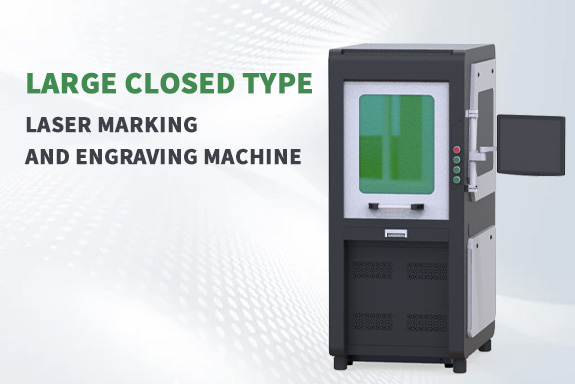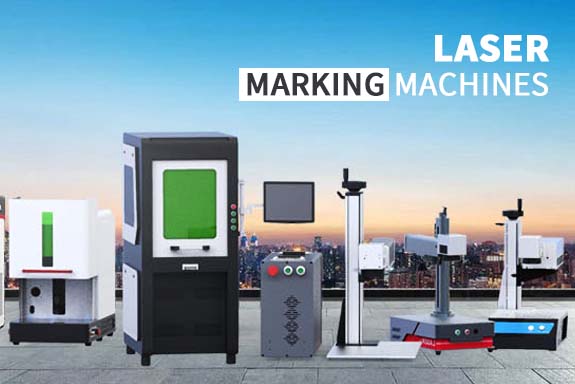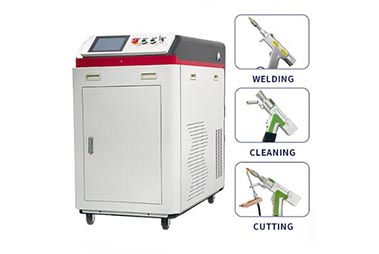In industrial manufacturing, lubricants are often applied to mechanical components to reduce friction and wear during operation, thereby enhancing the lifespan of machinery and reducing energy consumption. Lubricating oils fill the small protrusions and depressions on the surface of mechanical parts, forming a thin film to reduce contact area between parts, minimizing friction and wear. They also serve to cool and dampen vibrations, preventing deformation or damage to parts caused by overheating.
To avoid damage to components, regular maintenance of equipment parts is a key measure to ensure normal operation and extend the lifespan of machinery. Traditional oil removal methods suffer from low efficiency, potential damage to parts, and environmental pollution, thus creating an urgent need for a new oil removal technology that is efficient, controllable, environmentally friendly, and easy to operate. Laser oil removal, as a non-contact “green” cleaning method, is adaptable to cleaning parts of various sizes and specifications, and has no restrictions on the operating environment, making it highly promising in the oil removal field.
Laser Oil Removal Mechanism
Laser oil removal mainly involves three mechanisms: ablation, vibrational peeling, and explosion.
Ablation Mechanism: When the substrate absorbs the energy from the laser, the material temperature rapidly rises above its melting and boiling points, causing the material to vaporize, decompose, and detach from the substrate. When the laser beam strikes the surface of the workpiece, most of the laser energy is absorbed by the oil contaminants, causing their temperature to instantly increase, reaching the boiling or ignition point, leading to combustion and removal, thus achieving the cleaning effect.

Vibrational Peeling Mechanism: This occurs when oil contaminants and the surface metal respond differently to thermal expansion under laser action. After heating and rapid cooling, a stress difference is generated between the oil and the substrate. The accumulation and release of stress propagate as vibration waves, creating strong detachment forces at the interface between the cleaning object and the substrate, enabling the removal of oil contaminants from the substrate surface.

Explosion Mechanism: After the substrate absorbs the laser energy, its temperature rises rapidly, reaching the oil’s vaporization temperature or the substrate’s vaporization temperature at the interface. The resulting steam and gases rapidly expand, and the high-speed expansion pressure wave ejects the oil contaminants from the substrate surface, achieving the cleaning effect.
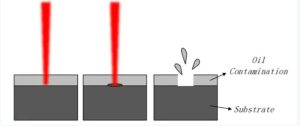
Research on Laser Oil Removal
Currently, the application of laser oil removal is complex, as materials and oil contaminants vary. Since different substrates and oils have different laser absorption rates, it is crucial to determine the cleaning and damage thresholds for different materials in advance. These values play a key role in determining the laser process. Experimental results show that for carbon steel, the cleaning threshold is (160±10) mJ/cm² and the damage threshold is (410±120) mJ/cm²; for stainless steel, the cleaning threshold is (130±10) mJ/cm² and the damage threshold is (420±20) mJ/cm². Copper, with a higher reflectivity (R = 0.85) for 1064nm laser compared to carbon steel (R = 0.47) and stainless steel (R = 0.68), requires much higher cleaning and damage thresholds.
Using COMSOL Multiphysics finite element analysis software, a laser oil removal model based on the explosion mechanism was developed to analyze the impact of single-pulse energy on the substrate surface temperature and evaporation migration rate. Simulations of cleaning effects on oil contaminants of varying thicknesses under different single-pulse energies were also conducted. Simulation results show that the maximum temperature rise on the substrate surface correlates positively with single-pulse energy, meaning that as single-pulse energy increases, the maximum temperature rise becomes larger. The evaporation migration rate of the substrate surface is affected by temperature, and with higher single-pulse energy, the substrate temperature increases, resulting in a larger effective evaporation area. For cleaning effects with different oil thicknesses at varying single-pulse energies, when the energy is 1.1 mJ, the maximum effective oil thickness removal is 70 μm to 100 μm, and when the energy is 2.0 mJ, the maximum effective oil thickness removal is 200 μm to 250 μm.
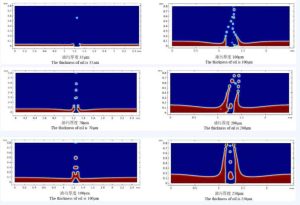
Handheld Pulsed Laser Cleaning Machine
The HCP Series laser cleaning machine, equipped with a pulsed laser, has been introduced for oil removal applications. This product leverages the thermal effects of the laser to vaporize the oil, achieving fast cleaning with minimal damage to the substrate. It effectively meets the oil removal requirements, ensuring high cleaning efficiency for thin oil layers and more efficient cleaning for thicker oil layers. This model is also capable of achieving similar cleaning effects to other low-power devices, making it suitable for most oil removal needs.

As laser technology continues to mature and costs decrease, the application of laser cleaning equipment in rust and oil removal will expand further. In the future, laser cleaning technology is expected to penetrate multiple industries such as aerospace, automotive manufacturing, and rail transportation, driving the industrial cleaning sector toward more efficient, environmentally friendly, and intelligent solutions. Additionally, with the integration of technologies such as artificial intelligence and big data, laser cleaning equipment will become more intelligent and automated, providing users with more convenient and precise cleaning solutions.
由用户投稿整理稿件发布,不代表本站观点及观点,进行交流学习之用,如涉及版权等问题,请随时联系我们(yangmei@bjjcz.com),我们将在第一时间给予处理。


